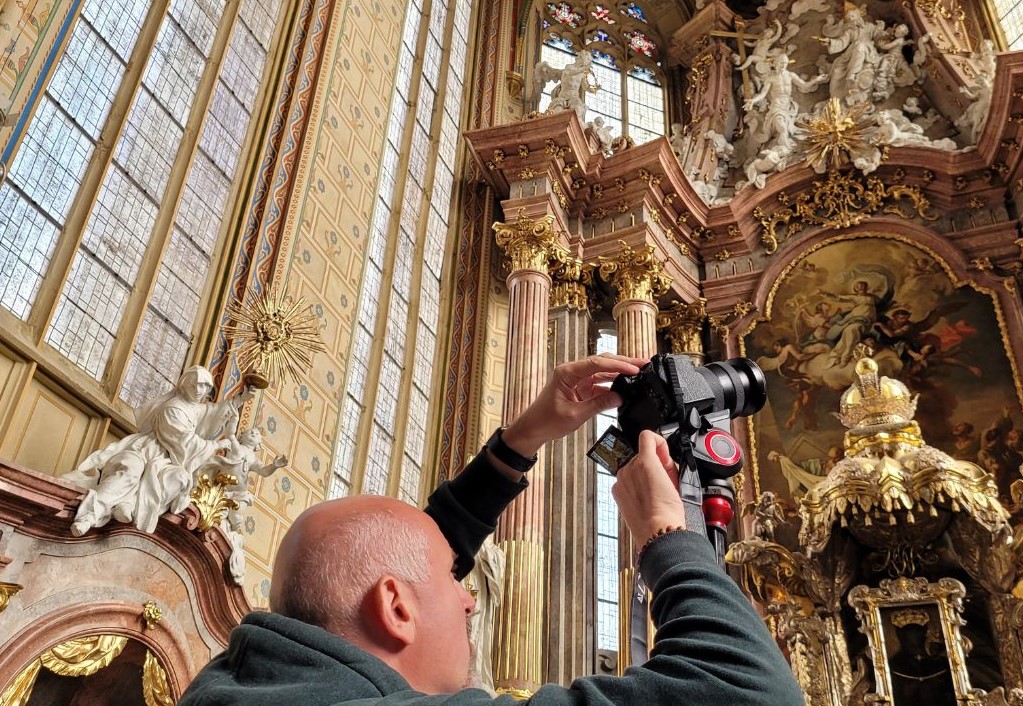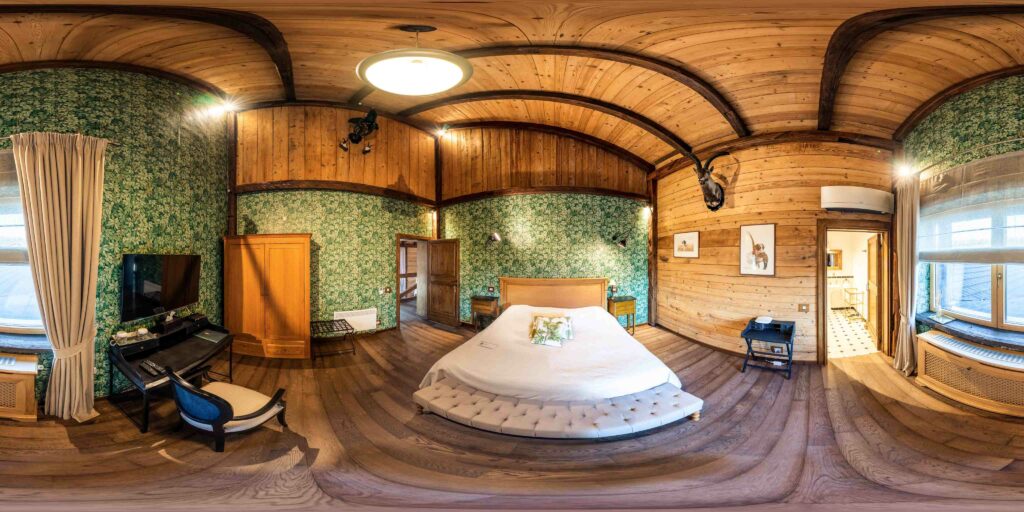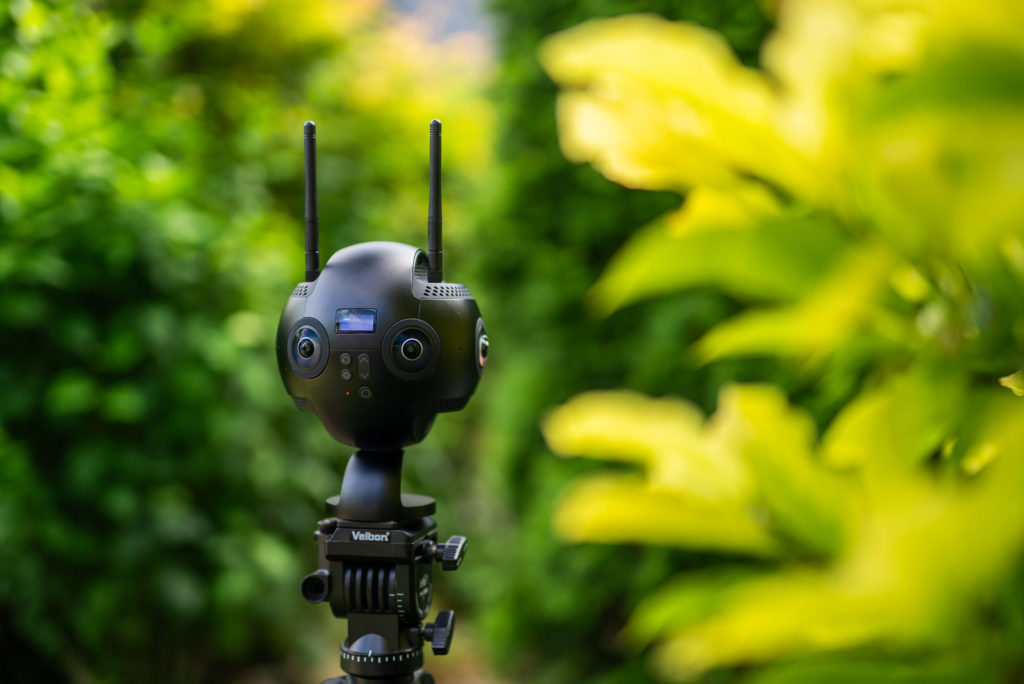1. They were facing a decision…
There are two ways to capture several meters high paintings for printing large-format photographs and catalogs. The first option would be extremely costly scanning. In practice, this would mean, under police supervision, removing all the artwork from the walls and then from the frames. The canvases themselves would have to be transported to a special facility equipped with highly precise scanners.
The second option seemed much more feasible. To photograph them on tripods using special medium format cameras. However, it seemed that the museum couldn’t find anyone willing to take on the task. Ms. Magister Kolářová approached several renowned photographers, but none agreed to such a commission
2. The problem is the light
The biggest challenge of the process itself was the lighting conditions. Any spot light that normally shines on the works during public viewing was, of course, pointless to use. The reflections, on the more or less glossy Old Master canvases, would show up in the photographs. However, it was also impossible to take photographs in the dark; daylight was not available at all, but it would have spoiled the whole composition of the photographs anyway. So for the whole process, we used special filters on the lenses in the first place to eliminate reflections.
Secondly, we had to use a large reflective plate, which is matte black on one side, to suppress other light. And thirdly we had to use a special circular light, imported from the UK, which we also fitted with a diffusion filter.

3. How to shoot “by moonlight”
If an independent observer were to reach the scene of the shooting, he would see nothing but two barely recognizable figures in the darkness. There was no indication that a photograph was going to be taken, especially since the main rule of photography itself is sufficient light. We placed the circular light ten to fifteen metres from the work, because shorter distances meant reflections and parasitic glare on the canvases. Often we used the aforementioned reflective plate on top of all that. In a few hours we were done with the work and on location we started editing.
4. AI has helped
Our colleague Eduard seems to be a very capable photographer, and his practical experience with photo editing is quite renowned. Despite all efforts, some reflections were noticed in some of the works, slightly deteriorating the results. However, everything was eventually resolved by artificial intelligence, which detected the reflections and proposed results in several preview windows. The best of the suggestions were then adopted for the entire set of photographs
5. Professional result
In total, over 60 photographs of works by well-known artists were taken, not only of paintings but also of other collection items. Many of the photographs boasted a resolution of up to 400 mega pixels, while others did not require such a resolution, as they were used exclusively for archiving and regular book printing. However, it was a challenge to take on such a task and we must admit that at some points we really didn’t feel like singing. The work, demanding but beautiful, brought the expected result. Moreover, we saved the museum management hundreds of thousands of crowns in case they had to scan the works.
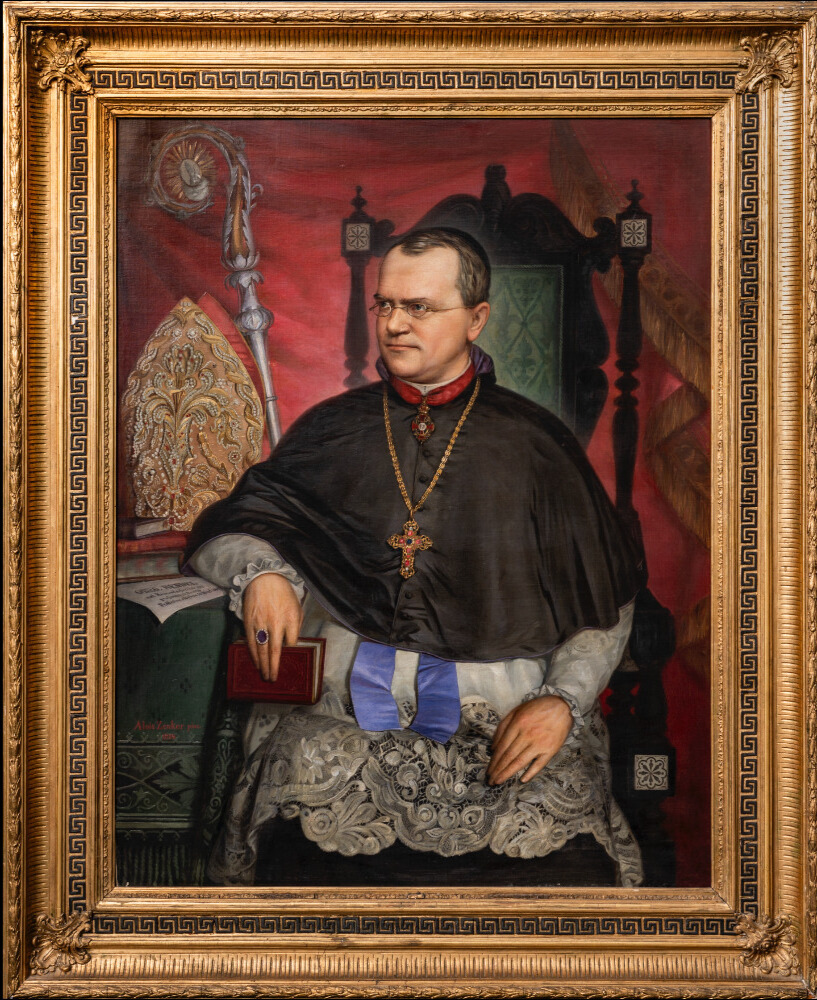
Alois Zenker | 1884
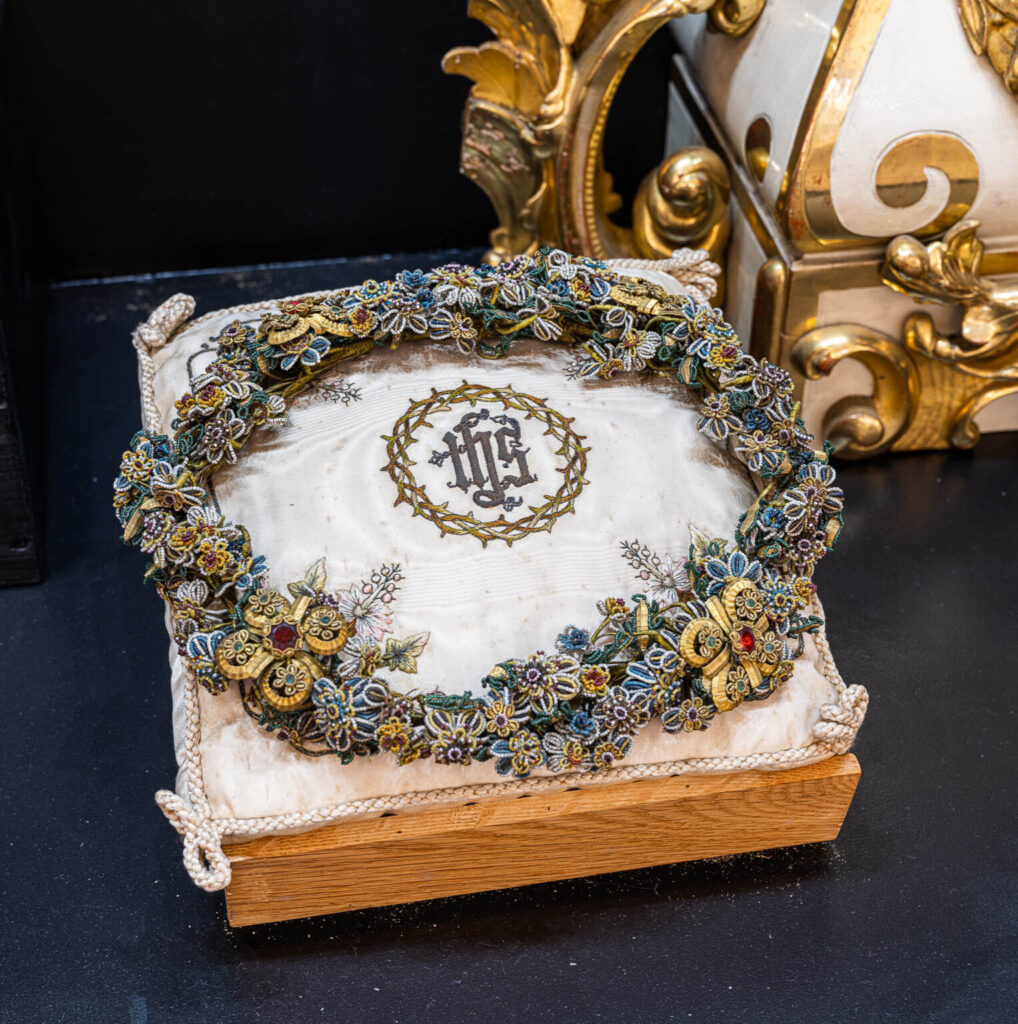
Old Brno Abbey Museum, Brno


